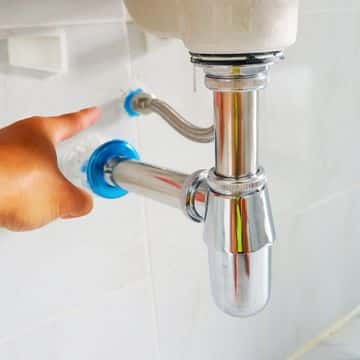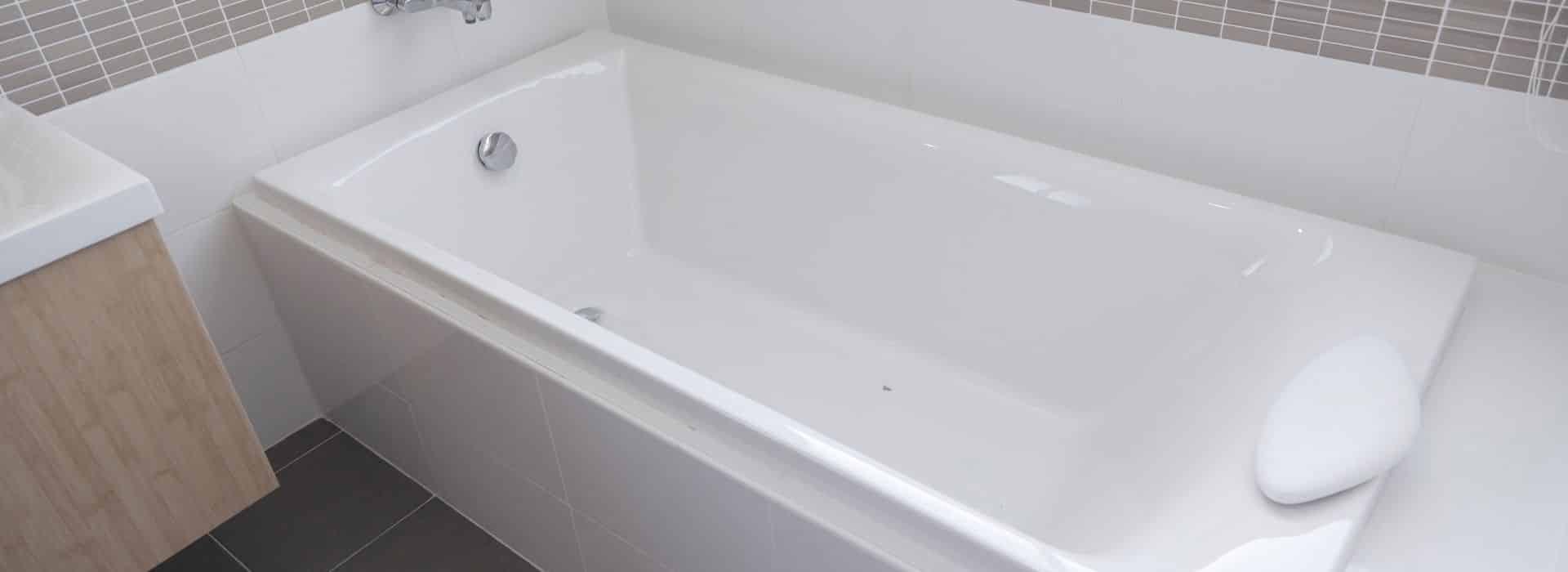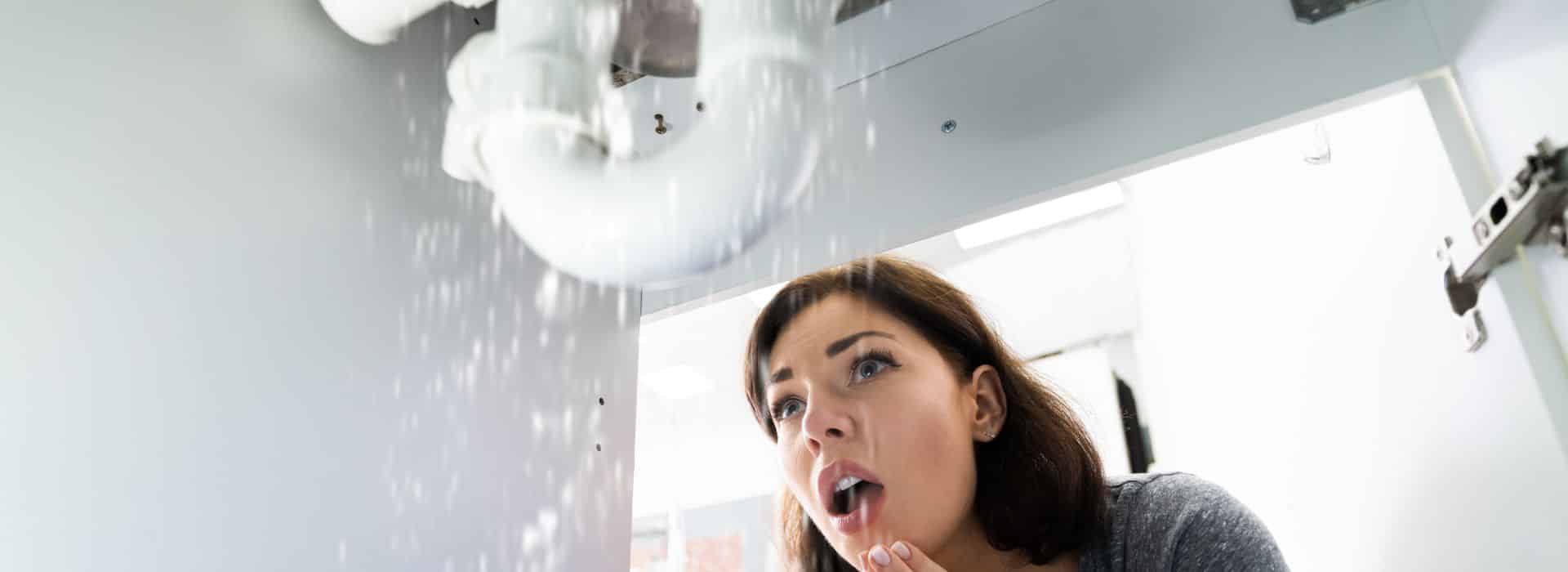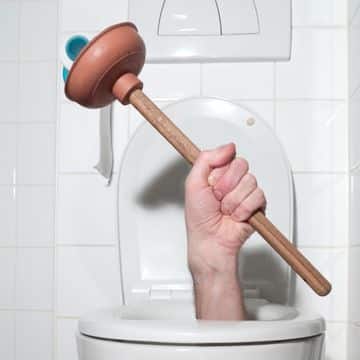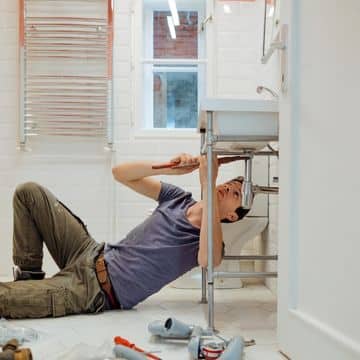Standard vs. Tankless Water Heaters
- Seattle, Wa
Standard vs. Tankless Water Heaters: Which One Is Right For Your Home?
As a homeowner in Sacramento, one of the decisions you might face is whether to switch to a tankless water heater or stick with a standard one. Both types have their unique advantages and disadvantages, and different factors come into play when determining which one is the best fit for your home. In this blog, we’ll go over the differences and characteristics of standard and tankless water heaters to help you make an informed decision.
Durability
Standard water heaters generally last about 10-12 years, while tankless models can last up to 20 years with proper maintenance. The reason for the disparity in lifespan is that standard water heaters have tanks that can succumb to corrosion and eventually leak over time. Tankless water heaters do not have tanks, so there’s no risk of leaks caused by rusted metal. Moreover, they have replaceable parts, which means that the unit can be serviced and repaired as needed.
Efficiency
One of the key advantages of tankless water heaters is that they are more energy-efficient than standard water heaters. Standard models rely on a constantly heated tank of water and have to continuously heat the water to maintain temperature. This can result in higher energy bills. Tankless water heaters, on the other hand, heat water on demand, meaning they only use energy when you run the hot water tap. This can lead to significant savings in energy costs.
Cost
The cost of a tankless water heater is higher than that of a standard water heater, but you pay more upfront for the long-term benefits of increased efficiency and durability. Standard water heaters are cheaper to install and purchase, but they have a shorter lifespan and are more prone to leaks, which can lead to water damage and costly repairs down the line.
Capacity
The capacity of a standard water heater is determined by the size of its tank, which can range from 20 to 80 gallons. Once the tank is emptied, you have to wait until it fills up again for access to hot water. In contrast, tankless water heaters provide hot water on demand, and they’re not limited by the size of a tank. However, they have a flow rate limit that determines how much hot water they can produce at a given time. While multiple tankless units can be installed to accommodate large households, they can be pricey.
Space
Finally, standard water heaters take up more space than tankless water heaters. They have large tanks that need to be installed somewhere in the house, usually in a closet or garage. If you have limited space, you may opt for a tankless water heater instead, which is smaller and can be mounted on a wall.
Contact Us Today!
Choosing between a standard and tankless water heater can be a significant decision to make. Durability, efficiency, cost, capacity, and space all play an essential role in the decision-making process. At Wezees Plumbing, we’re experts in water heater installation, maintenance, and repair works. Contact us to schedule an appointment, and let’s help you choose the best water heating solution for your home.


